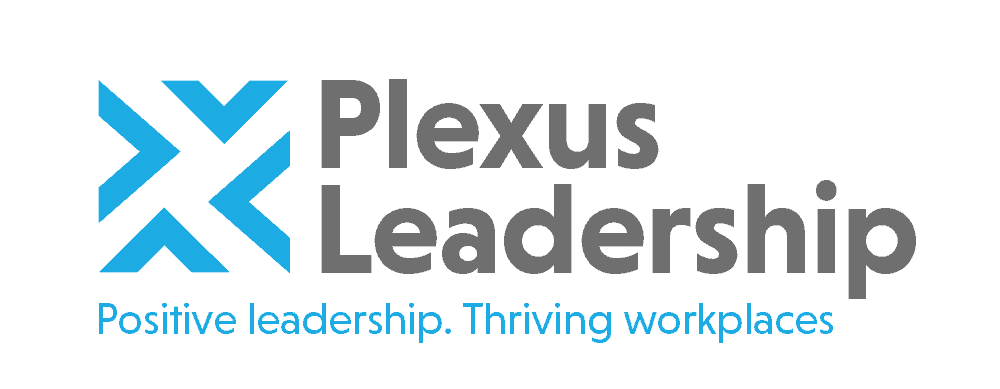Agile leadership teams are essential for the future of work. Being agile is vital for sustainable growth and success in a world characterized by uncertain times and unprecedented disruption and competition. If your leaders are lacking in agility, it is highly probable that your culture – the glue that binds your workforce together – is vulnerable, fragile and unable to adapt to fast-changing times. So how do you ensure your leaders are agile and able to adapt to everything that is being thrown at them? Here are some keys to unlocking improved agility in your leadership team and organizational culture.
Agile leadership requires hiring for agility
Many companies still hire for functional skills and experience over attitude and personality when hiring new leaders into their team. However, agile companies know the importance of hiring people who value change, adaptation and transformation. They possess higher levels of flexibility, adaptability, curiosity, initiative and creativity than others and have demonstrated the ability to adapt and thrive during their careers. It is important for organizations to assess the change styles and personality of candidates before appointing them as hiring a team of conservers and traditionalists who are sceptical of change is likely to be a recipe for terminal decline in times of unprecedented change and disruption.
Agile leadership requires building readiness for change
The latest neuroscience points to our phenomenal ability as humans to learn and evolve in order to adapt to our changing circumstances. However, we need the headspace, time and support to explore how to best deal with any changes to our environment. This is why we advocate using techniques like engaging simulations, scenario planning, and innovative action learning projects to help leaders and their teams explore the future and how they can best prepare for different scenarios. Accenture’s Innovation Labs are a good example of how some of the world’s leading companies are combining the latest technologies, external perspectives and contextually relevant learning to future proof their business.
Agile leadership requires encouraging intrapreneurship
Intrapreneurship, or internally-directed entrepreneurship by company employees for the benefit of the company, will become a key ingredient of talent retention and future growth of many established companies in future. Many companies like Google, 3M, Microsoft and Facebook recognise this and are taking steps to encourage, support and reward such intrapreneurship rather than losing valuable talent who would otherwise leave to set up their own ventures, possibly in direct competition to their past employer.
Agile leadership requires creating discomfort
When leaders and employees become too comfortable, they quickly become complacent. When this happens, innovation and motivation to outperform drops off and insufficient attention is paid to competitive and other external forces. The dangers of complacency are obvious to see in recent corporate history where companies like Nokia, RIM (inventors of the Blackberry) and Yahoo! have all failed because of not just flawed strategies, but also complacent leaders and talent.
Leaders need to create a sense of urgency around change and innovation, they need to ensure people are continuously challenged to learn and move beyond their comfort zone. Ways to do this include “meet the customer” events, reverse mentoring, leadership coaching, job swaps and rotations, visits to innovative hothouses and incubation hubs, etc. This doesn’t mean simply getting people to do more and causing them to burn out due to overwork. It involves asking tough questions, encouraging people to work smarter, experiment more and collaborate with others within and outside the company to find new ways of solving old problems and exploiting untapped opportunities. As pointed out by Heiftez and Laurie in their seminal HBR article “The Work of Leadership”, leaders need to regulate pressure and distress in the company to ensure stress is positive and doesn’t lead to unhealthy consequences like burnout and other psychological health problems
Other Posts

About the Author
James Brook
Founder and MD | Leadership Consultant | Organizational Psychologist
James is a leadership consultant, organizational psychologist and executive coach. He has over 25 years’ experience working with leaders, teams and organizations globally to optimize their performance, talent and future success. He specializes in positive leadership, thriving workplaces, collaboration and influencing, organizational change and transformation, accelerating innovation and coaching executives and leaders in innovative sectors including Tech, Digital, E-commerce and Life Sciences.
Before setting up Plexus Leadership, James held leadership roles in HR and Talent Management in the UK and abroad with companies such as NatWest, Yahoo! and Novo Nordisk Pharmaceuticals. After this, he founded and led several talent and leadership consulting and assessment businesses, including Strengthscope®, an online strengths assessment and development business serving a wide range of UK and global clients. James grew this venture into a global market leader before selling the business in 2018.
James has supported, advised and coached leaders and teams globally across diverse industries and geographies. Clients he has worked with include Allen & Overy, Commvault, Equinor, Facebook, GSK, Hilton, John Lewis, Novartis Pharmaceuticals, NHS, Oracle, Sainsbury’s, Swiss Re, Tesco, Takeda Pharmaceuticals, WSP and Yahoo!.
James has a Master’s in Organizational Psychology, an MBA, an Advanced Diploma in Executive Coaching and a Harvard Business qualification in Sustainable Business Strategy. He is a member of the Institute of Directors, the Association of Business Psychologists and a Fellow of the Chartered Institute of Personnel and Development (FCIPD). He is currently undertaking a PhD in Organizational Psychology examining the start-up experiences of Tech and Digital entrepreneurs.
James is a regular contributor and speaker on leadership, coaching, innovative talent management and the future of work. His most recent book, Optimize Your Strengths, explores how leaders can create thriving workplaces by inspiring and supporting people to optimize their potential and teamwork to deliver breakthrough results.





